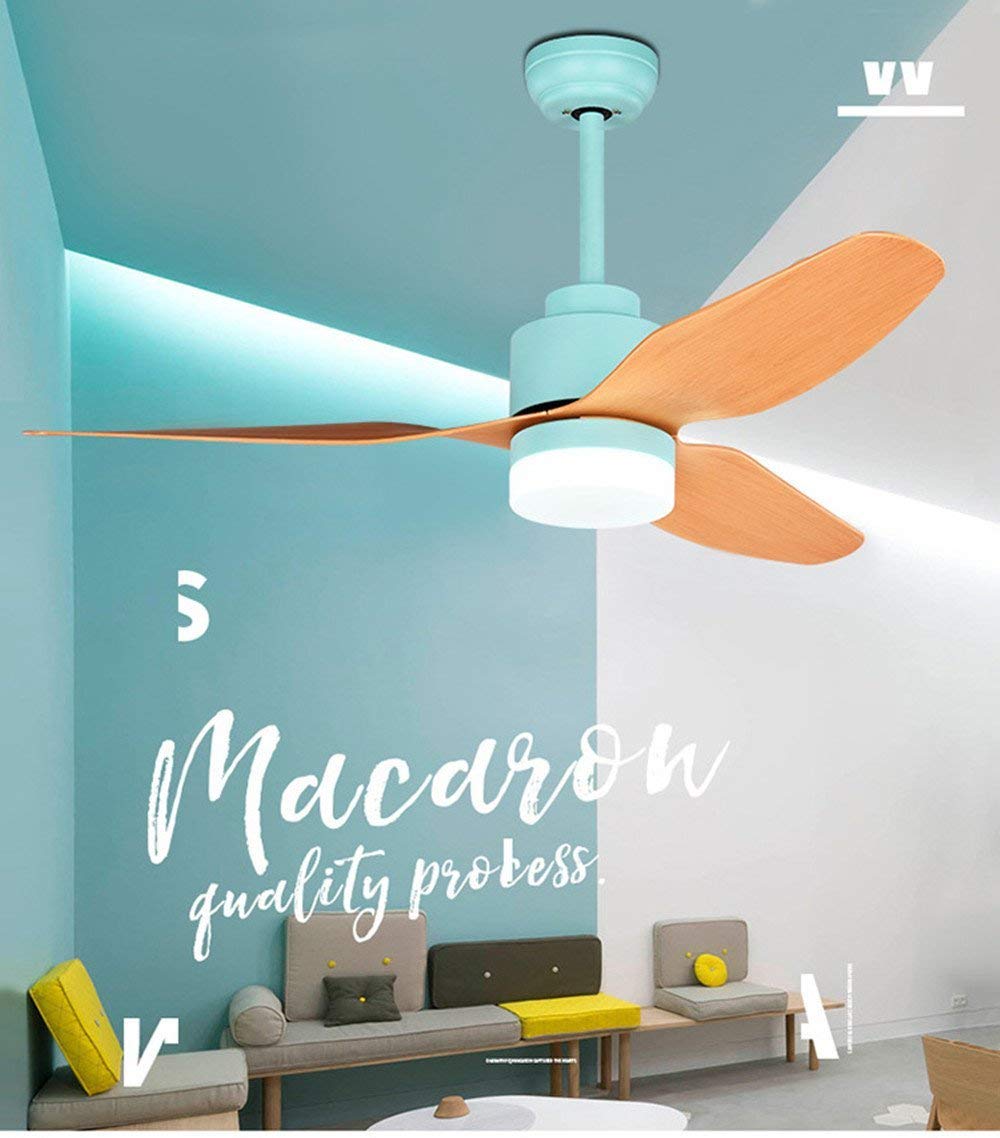
There are reports that white cold light LEDs and blue LEDs are harmful to the eyes and should be banned. These LEDs are mainly used for decoration, and the intensity of the blue light they emit is far beyond natural lighting and traditional lighting. These high-intensity blue light can damage the pigment epithelium and retinal sensory layer of the retina at the same time, thereby accelerating retinal aging and increasing the risk of macular degeneration. The biggest victim group of LED is children under 10 years old. Children in this age group have neither cloudy lenses nor macular pigment and therefore lack resistance to blue light.
The LED light is mixed with a blue chip and an external yellow phosphor to produce white light, so that the content of blue light in the LED light is relatively high. Blue light refers to the blue light band of 400-500 nanometers. If the brightness is too high, the eyes may cause photochemical damage to the retina after looking at the light source for a long time. The degree of blue light hazard depends on the cumulative amount of blue light received by the human eye under the light. According to national regulations, the color temperature of LED lighting cannot exceed 4000K. However, due to the high light efficiency of the high color temperature LED light source and the relatively low cost, there are many high color temperature products on the market.
Color temperature is the most common indicator of light source spectral quality. “Warm light” has a lower color temperature, while “cold light” has a relatively higher color temperature. As the color temperature increases, the proportion of blue radiation increases and the blue light increases. At the same time, the brightness also affects the proportion of blue light. In general, fluorescent lights and LED lights with the same color temperature are basically harmless as long as the brightness of the latter does not exceed 3 times the former. However, for some too bright LED lights, the blue light ratio may exceed the safe value. As LED technology matures, manufacturers no longer need to blindly increase the color temperature and power of lights to achieve high lumen, and objectively reduce the possibility of excessive blue light.







